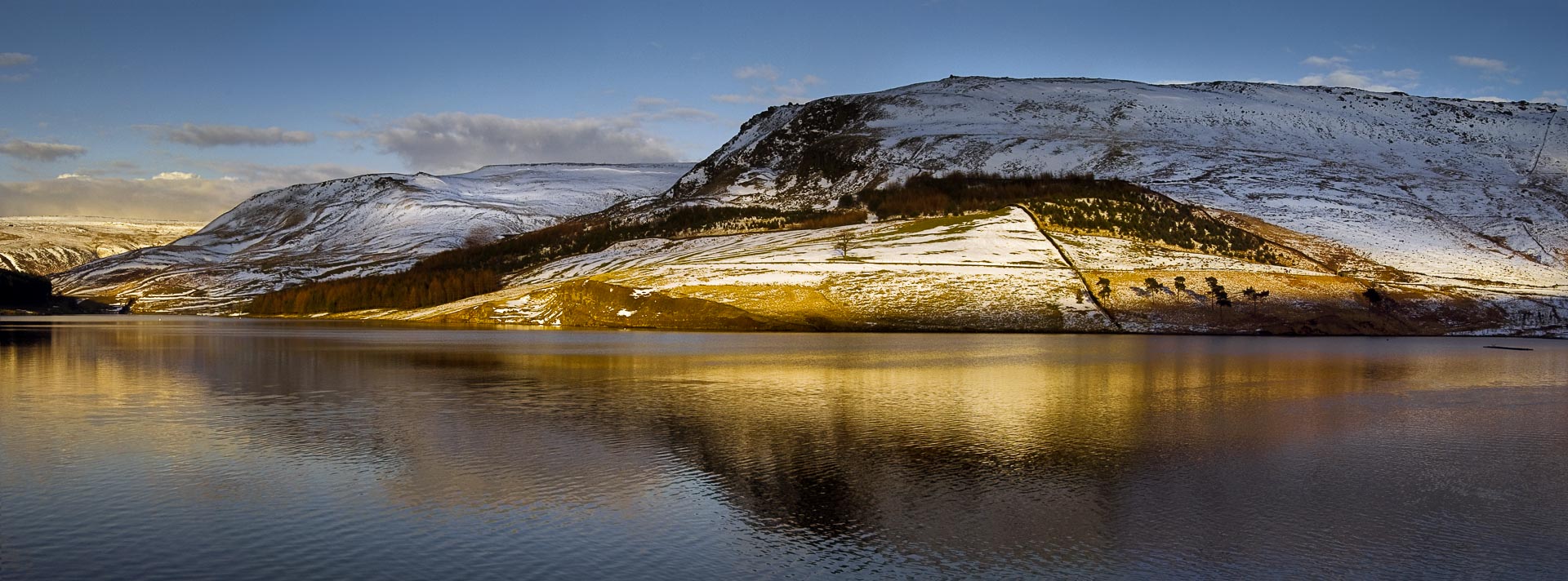With many photographic clubs and societies still reeling from the introduction of digital technology to photography, another and potentially more profound revolution is on the horizon.
What could me more profound than the digital revolution you may well ask? Well it is something that has been around for ages in compact digital cameras and there is a thriving industry in its own field.
The difference now is the quality of video that is going to be available. Until now video has been the exclusive domain of the videographer and stills the domain of the photographer and, other than a very few exceptions, “never the twain shall meet”. They are very different disciplines and require different mind-sets, I have shot both and, until very recently, have approached each with a very different goal in mind.
The technology for stills and video have always been separated by quality, video has been limited on number of pixels by a high frame rate while stills has always sacrificed rate of shooting for high quality and detail, but the basic technology has always been essentially the same. Cinema was originally an extension of photography, then still photography borrowed back some cinema technology and developed the 35mm system, which became popular as it was convenient and portable with a more than adequate quality for most users. Video was an offshoot of cinema that was also more convenient where the quality of the image took a huge step backwards for the gain of immediacy. These three technologies carried on in their own separate worlds for many years.
The grandchild, video, was always technologically based and was slowly evolving and developing, its quality also slowly improved over the years but it was held back by the very limited bandwidth available for its distribution. Cinema had a dabble with technology using computer generated effects to enhance the content but always going back to film to maintain its quality. Photography has always, since its very inception, been in constant flux with chemists, scientists, technologists, artists and entrepreneurs finding ways to improve and simplify the process, the craft, of photography. It was inevitable that once the quality of digital capture reached a certain level (and as we have seen from television that does not have to be particularly high) that photography would embrace and eventually be consumed by digital, it was also inevitable with the photographer’s history of pushing each technology to its limits that development and progress of the technology would be very rapid. It should now be obvious that these three separate disciplines are really just one family and like most families each generation is trying to be different to the others. Look at what else they have in common, they all do exactly the same job, they record events, tell stories, convey feelings of times & places, can gather data for other projects and each can be an art form in its own right.
All three have stumbled on the same technology to improve and that technology as matured to the point that it can both record the quality required of the stills photographer and the frame rate of the cinema/videographer in the same device. Also with the slow demise of printed news media and the rise of web based news it is also inevitable that video would be incorporated in the same device that a stills photographer would use but not as a toy as it has been previously but a serious tool.
I expect most if not all DSLRs released after this year will have some video capability (like all now seen to have some sort of “Live-View” which was scoffed at only last year). It is one of those things that if you don’t want to use it you don’t have to but before you dismiss it as another gimmick try it as another tool to enhance your story telling ability with the camera. For the amateur it may be difficult to see how to incorporate video with stills, but if you produce AV you already have started to use multiple images to tell a story (hopefully Igor will also see the benefit and incorporate video into PTE before too long). For the professional, ignore this development at your peril. To use it effectively it will need a different mind-set to photography, video and cinema, not one discipline but with aspects of all using the best method to relate all the story, perhaps a still to capture the moment but with short pieces of video to show the context and the result with enough frames and enough quality to re-purpose to different distribution media.
I look forward to learning this brand new discipline, I’m too long in the tooth to ever hope to master it but I’m up for the challenge.
On the bright side it is NOT going to kill still photography off overnight, it is an extra tool not a replacement. It is likely to affect the professional sports and news photographer first and I suspect the pure visual artist could make very real use of this. It may even have an impact on the burgeoning mass of social and wedding photographers, that market is completely saturated and those who can provide a better AND different service should have an invaluable edge.
The first DSLR with video is already available (Nikon D90) although its video capability has been severely crippled, the next Canon due to be announced in the next week or two to replace the famous 5D is strongly rumoured to have video. From the cinema side the RED camera shoots RAW video with a 12MP sensor (it is priced too high for us mere mortals) but its sibling Scarletis due out next year at a price of around $3000 including lens.
Like it or not, use it or not, it’s coming.
Let me know your thoughts.
Mike
Here are some related links, I will add some more as I come across them.
http://www.luminous-landscape.com/essays/convergence.shtml
http://tao-of-digital-photography.blogspot.com/2008/05/selection-selection-selection.html
http://www.luminous-landscape.com/reviews/casio-exf1.shtml
http://www.luminous-landscape.com/tutorials/video-primer.shtml
http://imaging.nikon.com/products/imaging/lineup/digitalcamera/slr/d90/index.htm

